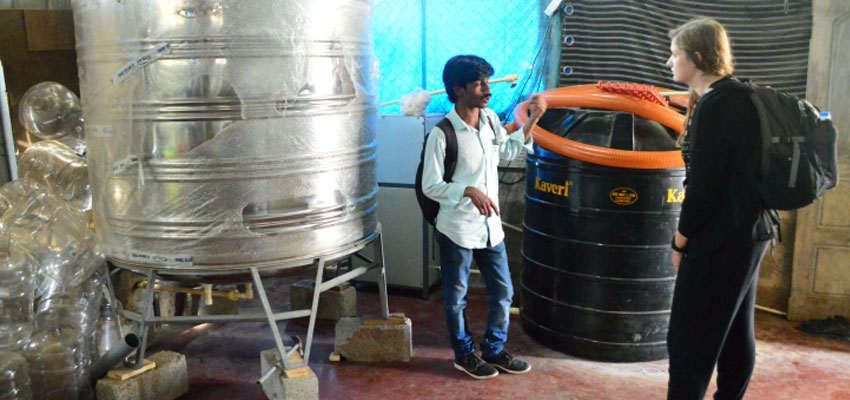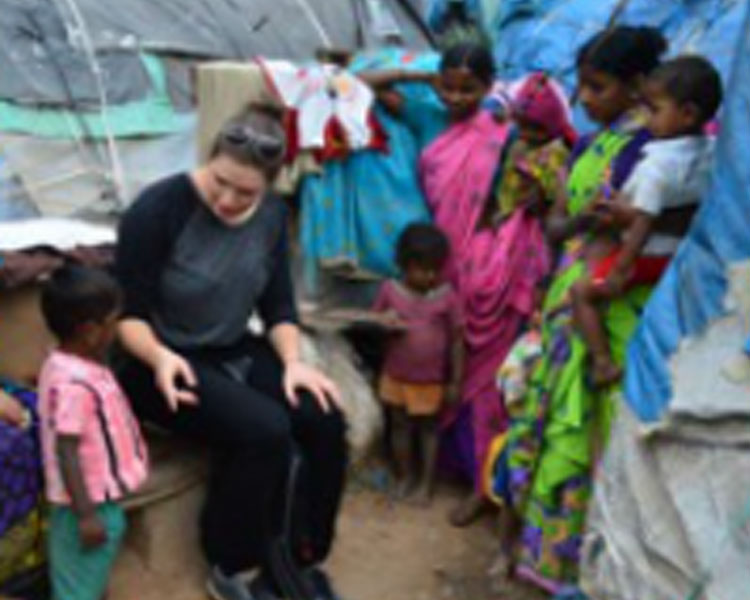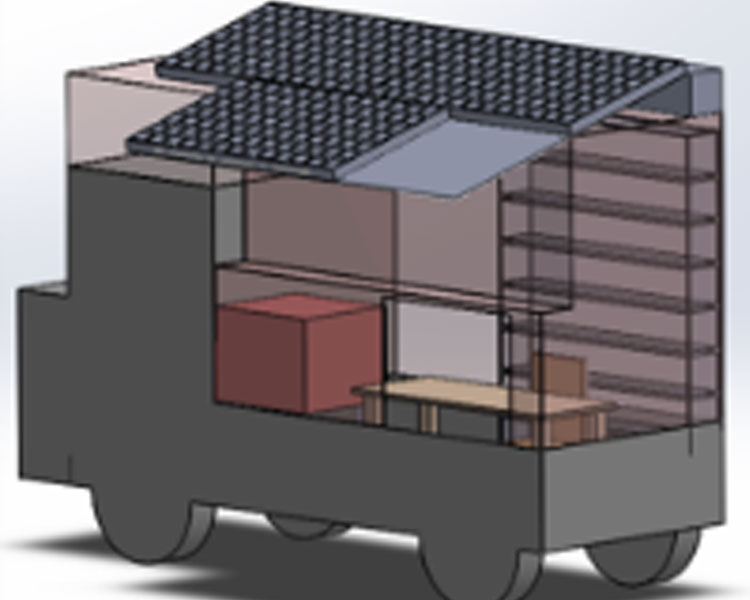
Over this past January, Ola Kalinowska (Mechanical Engineering, Class of 2016) and I (also Mechanical Engineering, Class of 2016) travelled to India after having taken D-Lab Design for Scale in the fall and participating in the MIT Undergraduate Giving Campaign. We spent our time in the South of India, in the city of Bangalore, working with a group called the SELCO Foundation. The SELCO foundation works with partner communities to serve those in need. They are driven to improve lives and create a sustainable world, often implementing renewable energy solutions.
Enabling access to government subsidies
When Ola and I arrived, we had initially been planning to work on a water-sanitizing project, but were switched to a project helping to design a mobile solar powered ATM due to a time constraint on that project. After a lot of conversations with those who work at SELCO and a bit of research on our own, we both realized that building this mobile solar powered ATM could help give banking access to large numbers of people who had never had it before, and that access could very seriously impact their lives.
Often, individuals in rural villages do not have access to banking and must travel very long distances to reach banking services. This barrier means that they often go without. Because the government gives out subsidies through the banks only, many people who desperately need the subsidies are unable to obtain them. Having a truck—one that could travel long distances—equipped with an ATM and a bank teller window with basic banking functions available would allow families living in rural villages to access the money that they need.
Designing the mobile solar-powered ATM
Once we had a clear understanding of the need and the use cases for the project, we set out to help design the product. We met with the project lead and got a sense of where the project was and what the Bank of India had in mind when they planned this project. We laid out a list of constraints, areas for improvement, additional features to add, and began to sketch out initial designs and brainstorm potential mechanisms to raise and lower the solar panels.
We individually came up with ideas, chose the best of them all, drew up some initial CAD designs and presented them to the project lead. After working with him on a few different designs and mechanisms, we identified the best one and came up with detailed designs, full CAD drawings and renderings, and a full list of specific parts that need to go into the project. By the time we left, we had built from scratch a full design for SELCO and had a clear vision for where the project should progress.
Field visit to Bangalore slum
In addition to the work on the mobile solar powered ATM, we also got to go on a field visit with one of the project coordinators at SELCO. We visited a slum on the edge of Bangalore where SELCO had implemented a solar light rental system through a community partner. We were able to spend some time in the slum and get a better understanding of how the people there live and also how impactful something as simple as light can be to their lives. This community visit really gave us a strong sense of the direct impact that SELCO can have and the importance of some of the principles they follow. Overall, Ola and I had an amazing trip; it was both very fun and exciting to explore a new country while at the same time fulfilling to know that we were able to contribute to a project that can significantly improve peoples lives.




